The secret wildlife of derelict Ardeer
There is a hidden world of danger and mystery tucked away in North Ayrshire. A world that is forbidden to visit, save by the abundance of wildlife that calls it home. The Ardeer Peninsula is approximately 3km long and extends southeast from Stevenston towards Irvine.
The Ardeer site proved to be ideally suited to the manufacture of high explosives. When Alfred Nobel moved to the area in 1871, he described it vividly in a letter to his brother.
“Picture to yourself everlasting bleak sand dunes with no buildings. Only rabbits find a little nourishment here; they eat a substance which quite unjustifiably goes by the name of grass. It is a sand desert where the wind always blows often howls filling the ears with sand. Between us and America, there is nothing but water a sea whose mighty waves are always raging and foaming. Now you will have some idea of the place where I am living. Without work the place would be intolerable.”
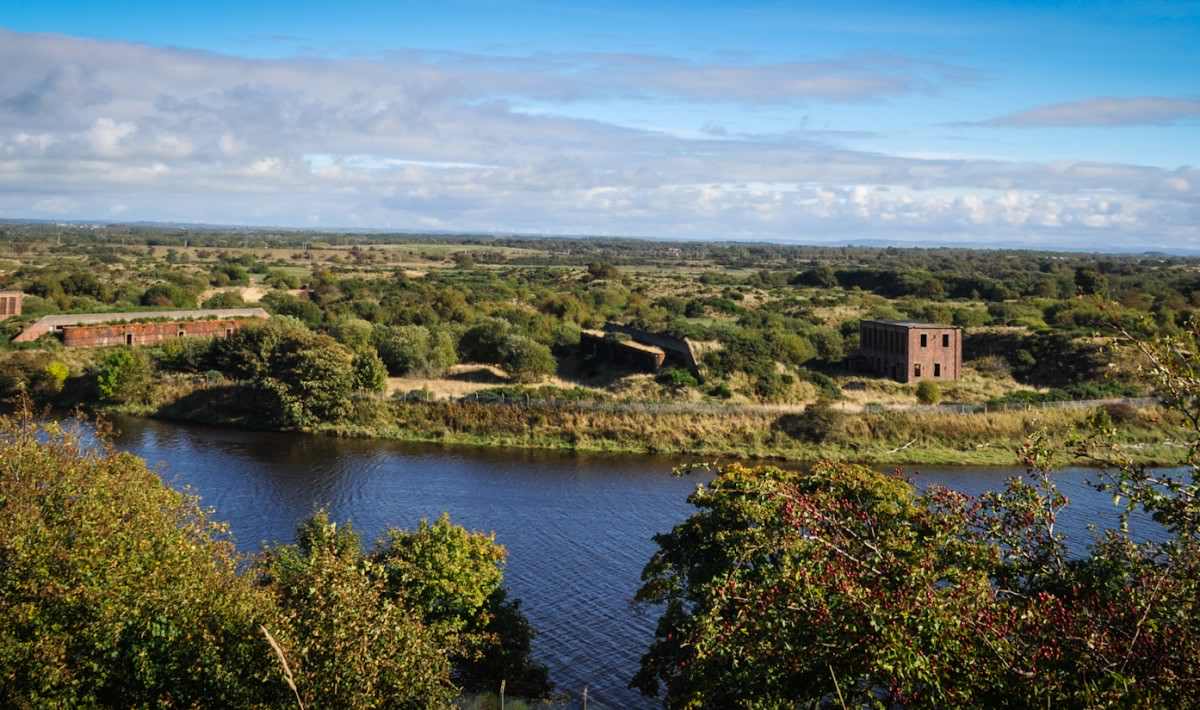
Established in 1871, the Nobel Explosives Company was once one of the largest explosive manufacturing companies in the world, at its peak, employing nearly 13,000 people. The factory closed in the 1990’s after having been taken over and operated by Imperial Chemical Industries (ICI) in 1926. Since the 1990’s nature has been left to reclaim the site, making it one of the most important sites for wildlife in the UK.
Local wildlife expert Iain Hamlin knows the area well and has studied it extensively. Iain was kind enough to contribute information to Where’s Wildlife in Ayrshire for the creation of this blog.
The Ardeer Peninsula is a large sand dune system in Stevenston, North Ayrshire. Much of the peninsula’s 400+ hectares have been developed for industry, but, historically, development was generally light, so the site remains characterised in large part by natural and semi-natural habitats.
The western fringe of the peninsula is dominated by 3 kilometers of crumbling sea wall. Stretches of these sea defenses are well-vegetated, supporting plant species typical of sea cliffs, such as Thrift, Wild Thyme and Scots Lovage. In places, the sea defences support Marram-dominated, dynamic foredunes. Along with the site’s other open sandy areas, they support several sand dune specialist invertebrates. Among the beetles, Dune Chafer, the darkling beetle Phylan gibbus and the hister beetle Hypocaccus rugiceps (Nationally Scarce A) are rarities. The latter species is largely restricted to sand dunes in western Britain between Wales and Ayrshire. The rare sand dune hoverfly Eumerus sabulonum (Nationally Scarce B) has an almost identical distribution. It is frequently encountered in the peninsula’s more sparsely vegetated, sandy areas, where its larval foodplant Sheep’s-bit grows. Similar, sparsely vegetated sandy areas are also the usual haunt of the tiny Flea Bee-fly (Nationally Scarce B), a dune specialist which can be found by searching the flower heads of yellow composites. Perhaps the most conspicuous flies in the foredunes are the Dune Robberfly Philonicus albiceps and the Coastal Silver-stiletto Acrosathe annulata, both local, sand dune specialists.

In contrast to the sandy western edge, the eastern edge of the peninsula is fringed with extensive mudflats and saltmarsh. During autumn and winter, they support large flocks of wildfowl and waders. Frosty weather conditions can see wildfowl numbers peak at well over 1000 birds. Wigeon, Teal and Mallard make-up most of the birds, but more uncommon species such as Whooper Swan, Shoveler and Gadwall are often present. Indeed, the latter species is usually present in and around the estuary in larger numbers than anywhere else in Ayrshire. The estuary is well known for the rare birds that stop off in autumn and winter. The list of rarities spotted on the estuary over the past few years includes Little Egret, Spoonbill, Little Stint, Curlew Sandpiper and Bewick’s Swan.
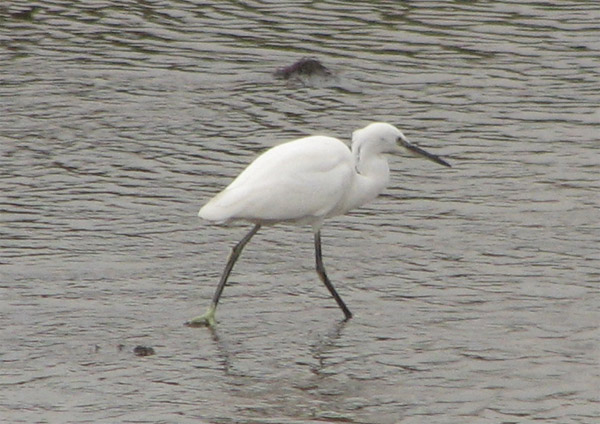
Inland, extensive areas of the peninsula are dominated by fixed dunes and acid dune grassland. Indeed, a previous vegetation survey of the peninsula reported it to have the largest area of acid dune grassland in the UK. Butterflies abound in this flowery grassland. Indeed, the peninsula supports Ayrshire’s largest colony of Dark Green Fritillary, with counts of over 100 recorded from the site. Other local butterflies include Small Pearl-bordered Fritillary and Grayling. The Peninsula is also the only known Ayrshire site for the Nationally Scarce (B) Thyme Pug moth. The foodplant of this moth benefits from the ground disturbance and grazing of Rabbits. This inadvertent habitat management also benefits many other species, especially ground-nesting solitary bees and wasps. The open sand created by rabbits provides nesting opportunities for wide variety of hymenopternas. Indeed, more species of bee and wasp have been recorded on the Ardeer Peninsula than anywhere else in Scotland. Rarities include the spider-hunting wasp Priocnemis schiodeti (Nationally Scarce B), the digger wasp Oxybelus mandibularis (pRDB3) and the sand dune mining bees Northern Colletes Colletes floralis (UKBAP) and Hairy-saddled Colletes Colletes fodiens. The peninsula’s rabbits also benefit biodiversity by providing a constant supply of dung. The Nationally Scarce (B) dung beetle Aphodius paykulli, a specialist of dung in sand dunes, has been recorded on the peninsula but nowhere else in Ayrshire.
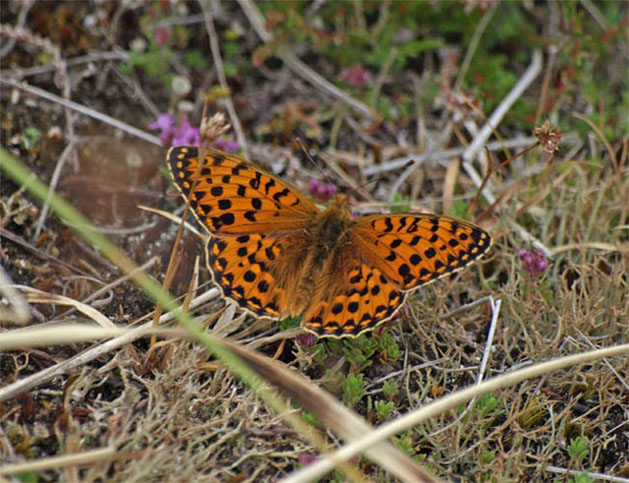
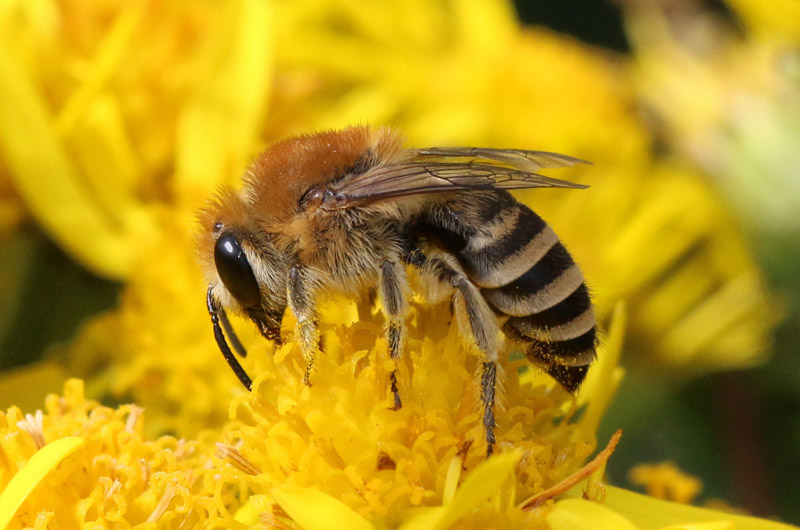
Several parts of the peninsula support heather-dominated dune heath. This heathland is perhaps busiest in late summer, when the heather is in bloom. The pollen and nectar produced by the flowers attracts several local species of pollinating insect, including Heath Bumblebee Bombus jonellus, the Common Colletes mining bee Colletes succinctus and the rare Spider-hunting Wasp Ceropales maculata. At night, the heather attracts many uncommon, late summer moths, such as The Anomalous, Heath Rustic, Archer’s Dart and Coast Dart (Nationally Scarce B).
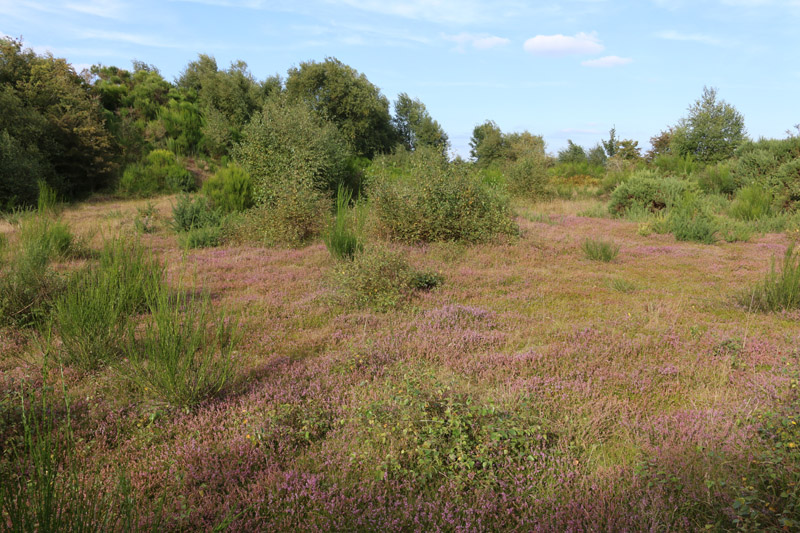
The heathland also supports an interesting beetle assemblage. Two of the most charismatic heathland beetles at the site are Hieroglyphic Ladybird, which feeds on the larvae of Heather Beetles, and the large Minotaur Beetle. The latter species is known from only a handful of sites in Scotland, being more typical of the heathlands of southern England. Females have been encountered rolling rabbit dung back to their burrows; however, the presence of Minotaur Beetles is more commonly indicated by the ‘sandy volcanoes’ they produce in early spring as artifacts of nest burrow excavation.

Several substantial areas of woodland are scattered across the peninsula. The largest is the Black Powder Wood, one of the largest woods in North Ayrshire, located at the north of the site. Interesting breeding birds include Long-eared Owl, Tawny Owl, Spotted Flycatcher, Treecreeper, Siskin and Jay. Wood Warbler and Tree Pipit have held territories in recent years. The wood also supports many rare invertebrate species. The dead trunks of fallen pine trees provide food for the larvae of longhorn beetles, including the Red Longhorn Beetle (Strictoleptura rubra), which is known in Scotland only from a couple of sites. The holes left by beetle larvae in turn provide nesting opportunities for several species of solitary wasp. One of the rarest of these wood-nesting solitary wasps is Ectemnius ruficornis (Nationally Scarce B), the males of which can often be seen patrolling back and forth along the wood’s fallen pine trunks.
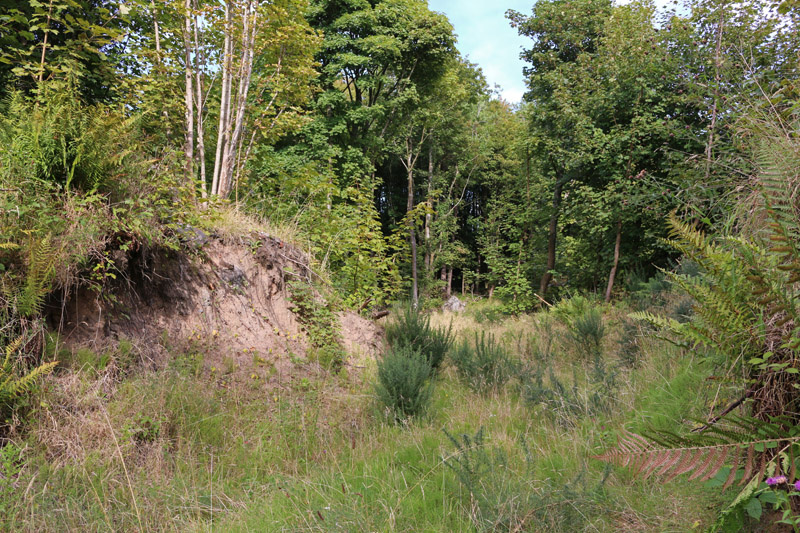
The scrubby woodland edge supports a slightly different assemblage of creatures. Ayrshire’s largest population of Lesser Whitethroats thrive in the wood’s scrubby margins. The extensive stands of Broom that form a major component of this scrub support an extensive population of Broom-tip (Nationally Scarce B), a moth with very few Ayrshire records away from the Ardeer Peninsula. The numerous mature Sallow trees around the woodland edge are magnets for early spring pollinators, such as the solitary bee Andrena ruficrus (RDB3) and the rare bee-mimicking hoverfly Criorhina ranunculi.
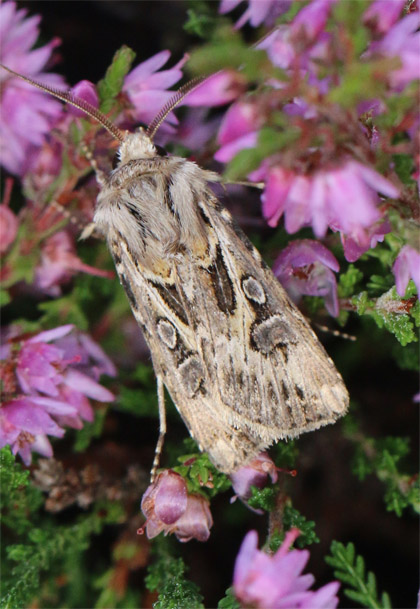
Many thanks to Iain for providing the information for this blog. To find out more about wildlife in the Stevenston area, why not check out Stevenston Conservation

